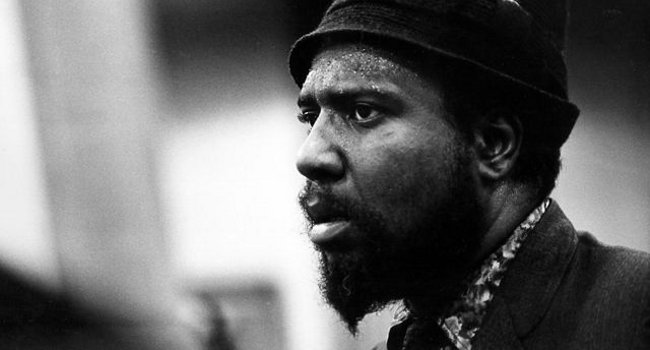Thelonious Monk: Straight No Chaser is one of my most important movies. The documentary was released 25 years ago in 1989. I saw it when I was a junior in college in the early 1990′s. The film assembles German television footage from the late 1960′s, ties it together with contemporaneous interviews and even includes a producer credit for that jazz freak Clint Eastwood just in case you were wondering whether this was a serious film or not.
The decades it took for Monk’s performance footage to see the light of day is of little consequence — the music is timeless. I credit this film with turning me on to the music of Monk. At the piano, he is stiff and staccato and direct and energized. Monk plays unlike anybody else and I think my ability to quickly recognize a Monk performance was part of what fueled my ongoing explorations of be-bop. Soon I could pick out Bud and Dizzy and Miles and Trane.
But, beyond the music, Straight offers us this mysterious man with the baffled smile, the unblinking eyes, the spinning dances and what appears to be the burden of some very deep sadness. Roger Ebert explains in his outstanding review upon the film’s release:
That is why “Thelonious Monk: Straight, No Chaser” is vaguely disturbing right from the opening scenes. We can sense there is something wrong here, and unless we know the life history of Monk we don’t know what it is. The music is great, free-spirited and liberating, but in the person of Monk there is a shadow of some kind, a vagueness, a disinclination to connect. The movie never does put a name to Monk’s condition, but by the end of the film enough people who loved him have made enough references to it that we know what we need to know: He went gradually and rather stoically mad.
Be-bop was to jazz what rock was to pop. And the overthrow of big dance band aesthetics for the deep philosophizing and difficult aesthetics of fundamental jazz composers like Monk foreshadowed Elvis, The Beatles and Dylan leaving all of contemporary pop and country swamped in their wake. Dylan and The Beatles were both deeply influenced by the Beat literature that was directly influenced by Monk and his brethren. Straight is required viewing for anyone interested in the evolution of jazz or the rise of America’s post-war counter-culture.
As a young sax player, I was more interested in rhythm and blues, and soul music, but this film was a gateway into some of the favorite music of my life. Here’s the entire film. I hope it means as much to you at 25 as it did to me in the first years of its release.
Stay Awake!
Please subscribe to my YouTube channel where I archive all of the videos I curate at Insomnia. Click here to check out more Music posts.








